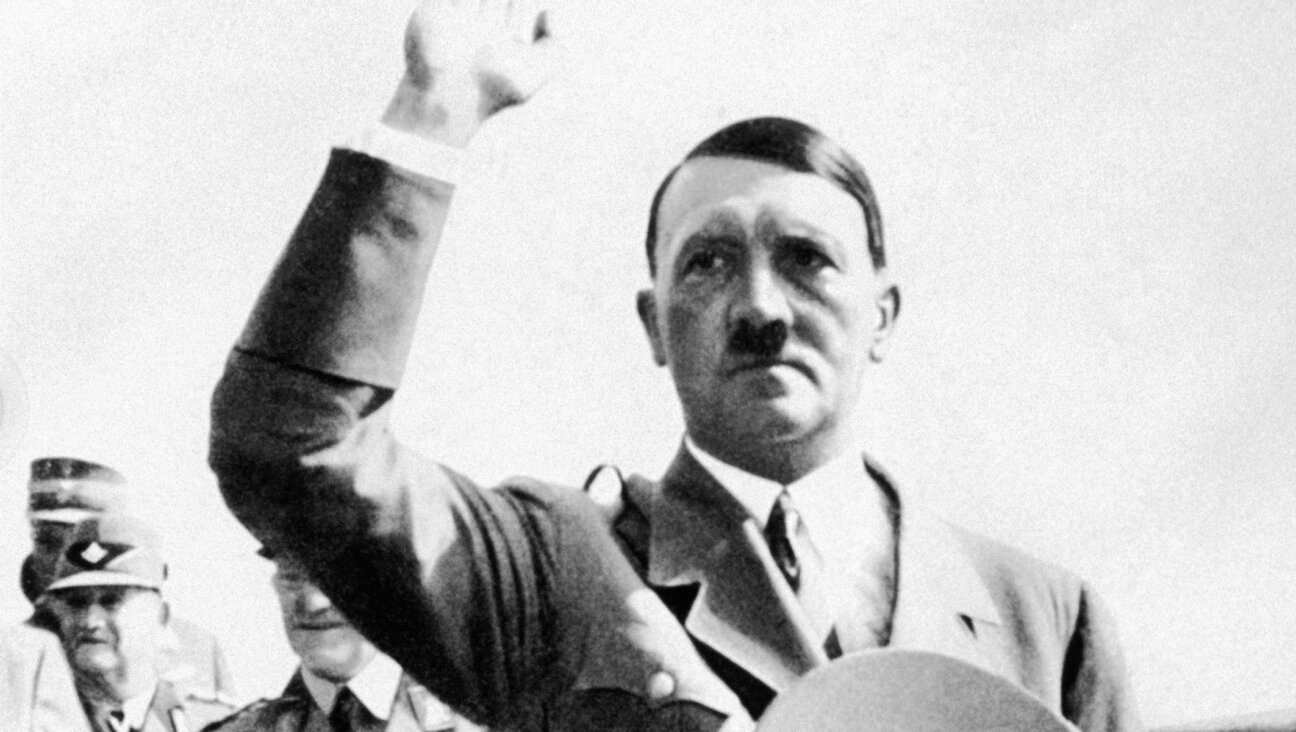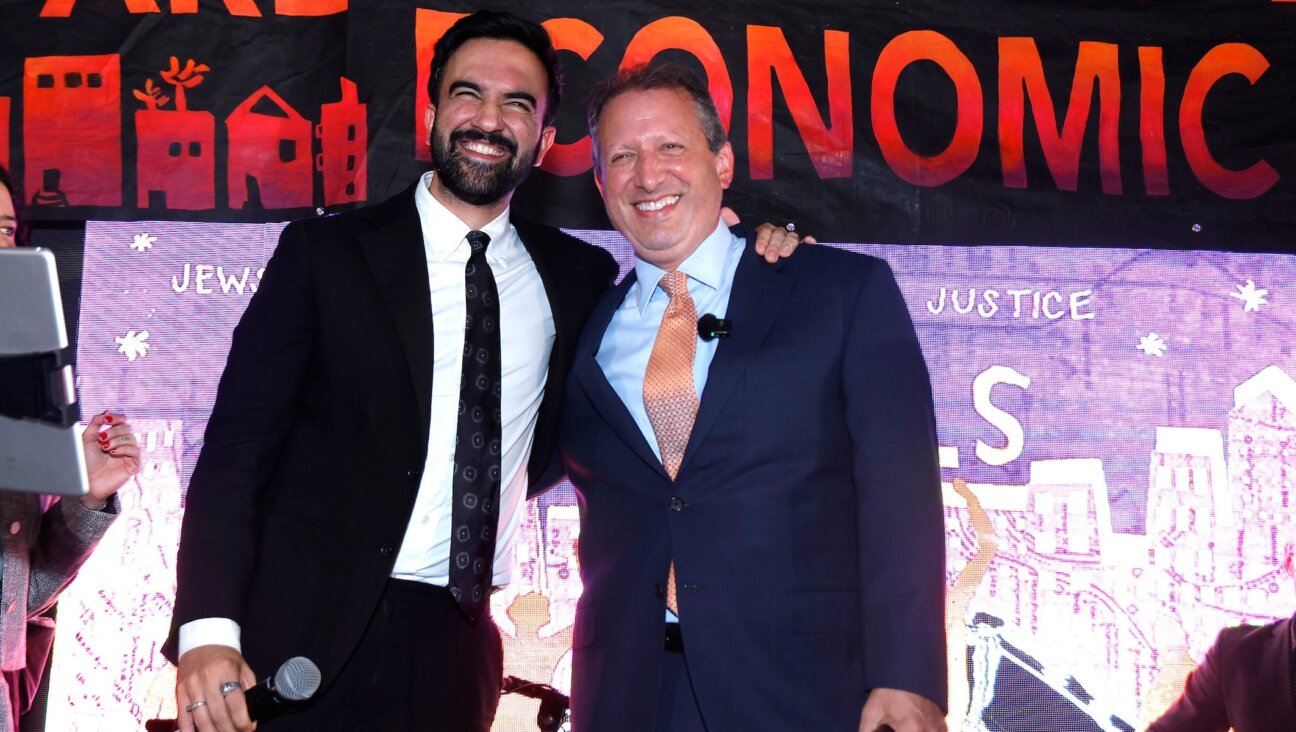Monday Music: Gil Shaham Revives German Composer

Graphic by Angelie Zaslavsky
Is there a more sunny and less ego-driven violinist than Israeli-born Gil Shaham? He makes even the most virtuosic music seem so effortless and natural, it’s easy to forget how rare and difficult an achievement that is.
This year he has devoted himself to reviving a handful of under-played 20th-century violin concertos. In mid-March, abetted by David Zinman guest-conducting the New York Philharmonic, Shaham put his whole being into performing the Concerto Funèbre for violin and string orchestra by Karl Amadeus Hartmann. Most violinists would be daunted by this work’s technical demands and try to make the audience see how much sweat is required to play it. Shaham, in contrast, made it sing.
There were not many German composers who behaved honorably in the Nazi period, but Hartmann was one. He chose to maintain public silence so as not to be co-opted by the Nazis. This rarely played violin concerto is an outstanding example of his work.
Composed in 1939 (and revised in 1959) the “Funèbre” of the title refers the burial of all that he valued with the ascension of the Nazis. He composed the concerto without thought of having it performed, as the piece references musical ideas the Nazis had banned — Hebraic chants and Russian workers’ songs and works of “degenerate” colleagues like Alban Berg, Paul Hindemith and Béla Bartók.
Hartmann’s wartime opera “Simplicius Simplicissimus,” based on a 17th-century novel about the Thirty Years’ War, begins: “In A.D. 1618, 12 million lived in Germany. Then came the great war… In A.D. 1648 only 4 million still lived in Germany.”
After the war, Hartmann’s musical style was not avant-garde enough for the new generation, so “Funèbre” also came to refer to his post-war career. His compositions are only now slowly beginning to make their way into the performances they richly deserve.
In early April, Gil Shaham’s performance of Hartmann’s “Concerto Funèbre” was broadcast on stations across the U.S., and until April 20th it can be streamed online at the New York Philharmonic’s website.
The Hartmann is sandwiched between performances of Beethoven’s First and Third Symphonies. Zinman puts a propulsively “modern” spin on Beethoven by returning to the composer’s own indicated tempos, and keeping the structure clear. The whole concert was persuasively performed by Hartmann and the musicians of the Philharmonic.

















